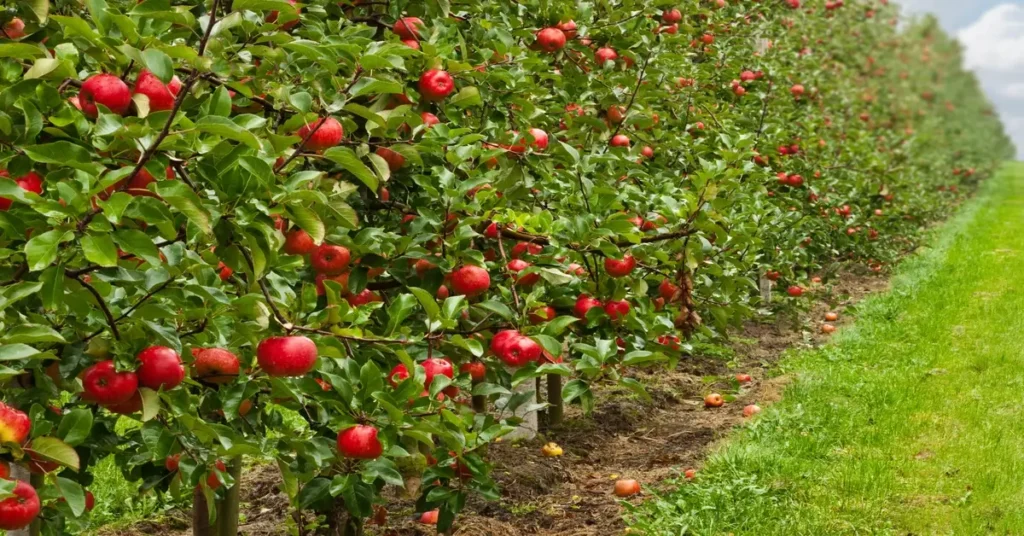Have you ever wondered who’s behind the delicious variety of fruits at your grocery store? Meet Pomology—the science that makes it all possible! This specialized branch of horticulture focuses solely on fruit and nut tree cultivation. Whether you’re a budding gardener or a fruit enthusiast, this guide will peel back the layers on how pomologists create those perfect bites.
Why Pomology Matters in the World of Horticulture
Pomology isn’t just a niche interest; it’s a crucial horticulture branch with far-reaching implications. From ensuring a steady supply of nutritious fruits to driving agricultural innovation, pomology plays a vital role in our daily lives.
Nutritional Importance
Fruits are powerhouses of essential nutrients like vitamins and minerals. Pomology ensures that we have diverse fruits to meet our nutritional needs.
Economic Impact
The fruit industry significantly contributes to the economy, providing jobs and livelihoods. Pomologists work with agricultural colleges and industry organizations to optimize production practices.
Environmental Sustainability
With increased interest in sustainable farming, pomology also focuses on environmentally friendly production practices, including pest resistance and disease management.
Types of Fruit Trees and Their Ideal Climates
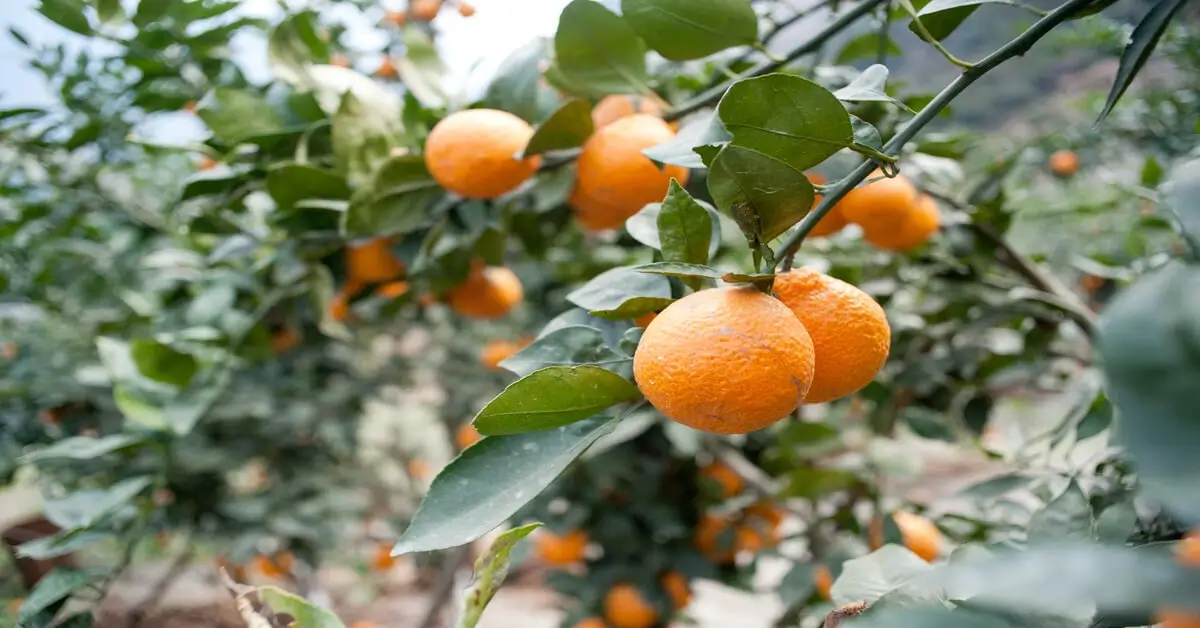
Understanding the different types of fruit trees and their climates is essential for amateur gardeners and professional pomologists.
Temperate Fruit Trees
Apples, pears, and cherries are examples of fruit trees that flourish in temperate climates. These trees generally require a period of cold dormancy and are well-suited for climates with distinct seasons. Pomologists are continually working on developing new varieties that are more resilient to changing climate conditions, such as increased resistance to frost and disease.
Tropical Fruit Trees
Mangoes, oranges, and lemons are fruit trees that thrive in warm, humid conditions. These trees often require consistent rainfall and are sensitive to frost. The science and practice of fruit cultivation in tropical settings involve understanding the specific needs of each tree type, from soil pH to sunlight requirements.
Nut Trees
Pomology isn’t just about fruits; it also covers nut trees like walnuts and almonds. These trees have their own set of cultivation challenges, such as susceptibility to certain pests and the need for specific fertilization schedules. Research in this area often focuses on developing more resistant varieties and optimizing nutrient uptake.
Unconventional Choices
Quince, nectarine, and other less common fruits also fall under the scope of pomology. These fruits are gaining interest for several reasons, including their unique flavors and nutritional profiles. They also serve to diversify our diets and can be cultivated as part of mixed orchards for ecological benefits.
Caring for Your Orchard

Soil Quality and Fertilization
Understanding your soil’s pH and nutrient levels is crucial for the success of your orchard. A soil test can provide valuable information on what your soil is lacking. A slightly acidic to neutral soil pH is ideal for most fruit-bearing plants. Organic matter like compost can help improve soil structure and provide essential nutrients. Fertilization should be based on the specific needs of your trees; for example, nitrogen promotes leafy growth, while phosphorus is critical for root development.
Watering Practices
Irrigation is not just about watering your plants; it’s about providing the right amount of moisture based on the specific needs of your crops. Overwatering can lead to root rot while underwatering can stress the plants and reduce yield. Drip irrigation systems can be a more efficient way to water, as they deliver moisture directly to the root zone. Always consider the climatic conditions and adjust your watering schedule accordingly.
Pest and Disease Management
Protecting your orchard from pests and diseases is a multi-faceted task. Integrated Pest Management (IPM) combines cultural, biological, and chemical practices to control and prevent problems. Environmentally friendly options like neem oil and introducing natural predators can help manage pests. Regular monitoring is essential for early detection and treatment of diseases like apple scab or peach leaf curl.
Pruning and Transplanting
Pruning is essential for controlling the shape and size of your trees and encouraging healthy growth. The best time to prune is late winter or early spring when the trees are dormant. Transplanting can be necessary when a tree outgrows its space or to optimize the layout of your orchard. The best time to transplant is also during dormancy to minimize stress on the tree.
The History and Evolution of Fruit Cultivation
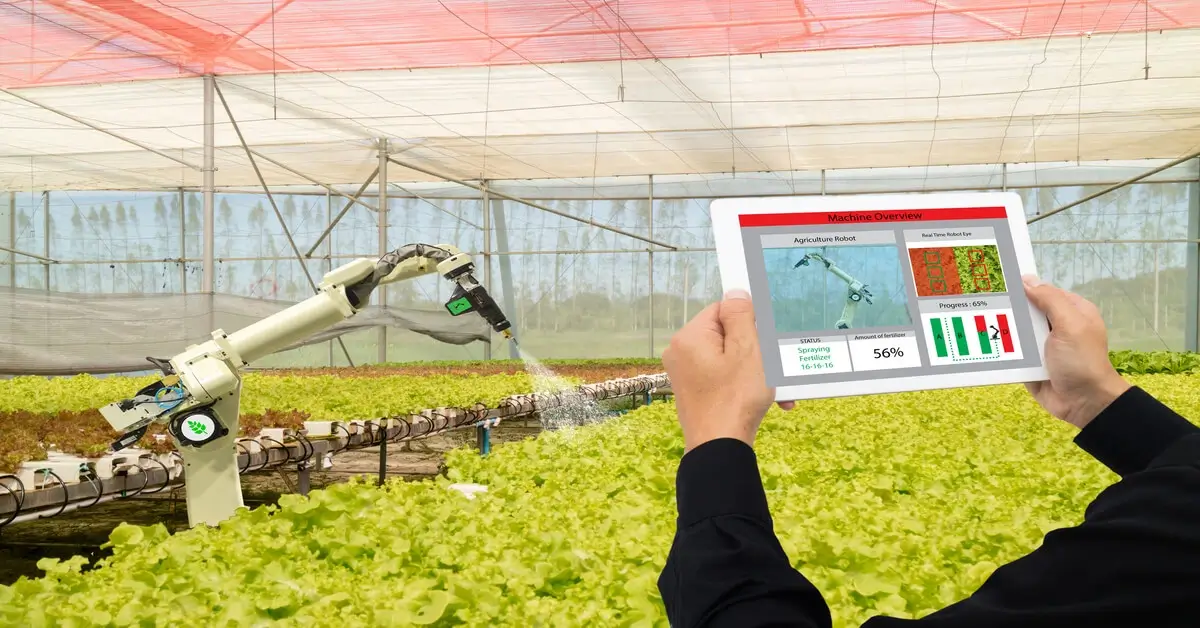
Ancient Practices
The cultivation of fruit dates back thousands of years, with evidence of fruit growing in ancient civilizations like Mesopotamia and Egypt. Early agricultural practices were rudimentary but set the foundation for modern pomology. For example, grafting techniques were developed to produce better-quality fruits.
The Role of Agricultural Science
The field of agricultural science has played a significant role in the advancement of fruit cultivation. Research programs at agricultural colleges have developed new varieties with improved disease resistance, better post-harvest quality, and higher yields. These advancements have been crucial in increasing interest in diverse fruit options.
The Impact of Climate and Geography
Different fruits require specific climate conditions for optimal growth. For instance, citrus fruits like oranges and lemons thrive in warmer climates, while apples and pears prefer a temperate climate. Understanding the climatic needs of each fruit type is essential for successful cultivation.
Modern Innovations
Today, technology plays a significant role in pomology. The field is continuously evolving from drone monitoring to optimizing irrigation and fertilization to genetic engineering for pest resistance. These innovations are not only increasing yield but also making fruit cultivation more sustainable.
The Interdisciplinary Nature of Pomology
The Role of Pomologists in Agricultural Science
Pomologists work closely with agricultural science experts to develop new fruit and nut crop varieties. Their research often overlaps with olericulture, especially regarding sustainable production practices. They contribute to the science and practice of fruit cultivation by developing experimental lots and expanding fruit orchard programs.
Olericulture and Pomology: Two Sides of the Same Coin
While olericulture focuses on cultivating vegetables, pomology focuses on fruit and nut crops. Both branches of horticulture aim to optimize crop yield and quality, often sharing similar challenges such as pest and disease management, fertilization, and weather conditions.
Collaboration with Industry Organizations
Pomologists often collaborate with industry organizations to standardize production practices and improve post-harvest quality. These partnerships help diversify the types of fruit and nut crops available and enhance their disease resistance.
The Future: Merging Technology with Tradition
Integrating technology into olericulture and pomology is inevitable as we look to the future. From advanced weather monitoring systems to AI-driven pest identification, the responsibilities of today’s pomologists include staying abreast of these technological advancements.
The Importance of Climate and Soil Conditions
Understanding Climatic Factors
Different fruit and nut crops require specific climate conditions for optimal growth. Factors such as temperature, humidity, and rainfall can significantly impact the yield and quality of the produce. For instance, citrus fruits like oranges prefer warmer climates, while apples thrive in temperate zones.
Soil Quality and Nutrient Management
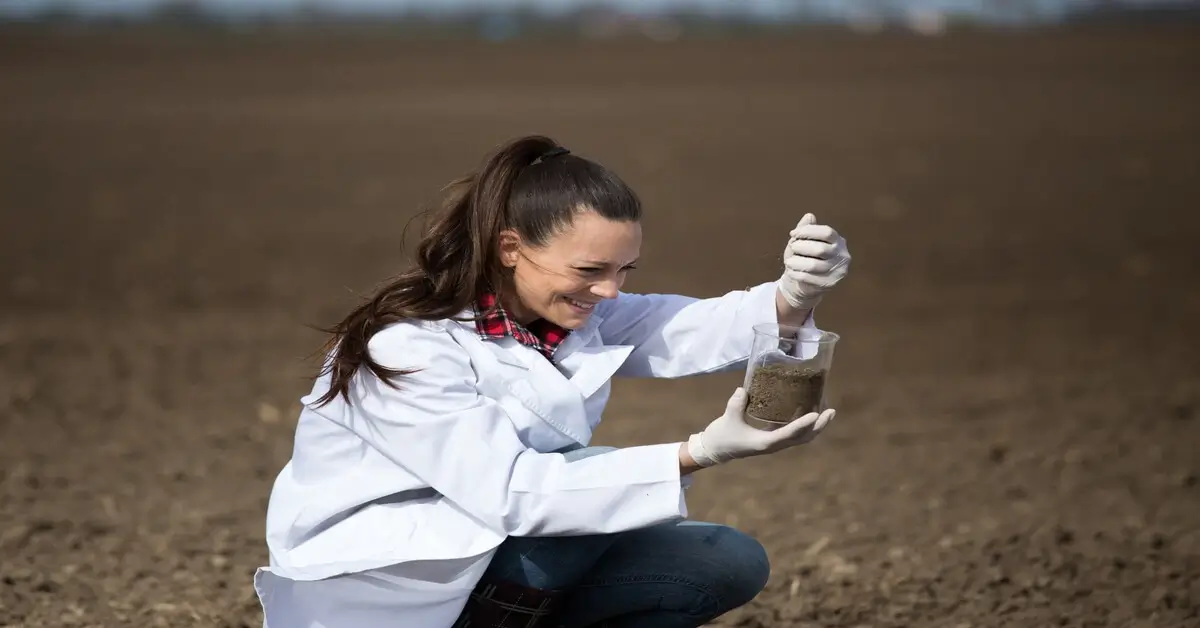
Just like in olericulture, soil quality plays a crucial role in pomology. The soil’s pH level, texture, and nutrient content can affect the health and productivity of fruit and nut trees. Pomologists often work with agricultural scientists to develop soil management strategies, including using organic fertilizers and sustainable practices.
The Role of Rootstock in Adapting to Conditions
Selecting the appropriate rootstock can help fruit trees adapt to less-than-ideal soil and climate conditions. This practice allows for greater flexibility in where certain crops can be grown, expanding commercial and home orchard possibilities.
Weather Monitoring and Adaptation Strategies
Advanced weather monitoring systems are increasingly used in pomology to predict and prepare for adverse conditions. These technologies help pomologists and farmers make informed decisions about irrigation, fertilization, and pest control, thereby optimizing the overall health of the orchard.
Pest and Disease Management
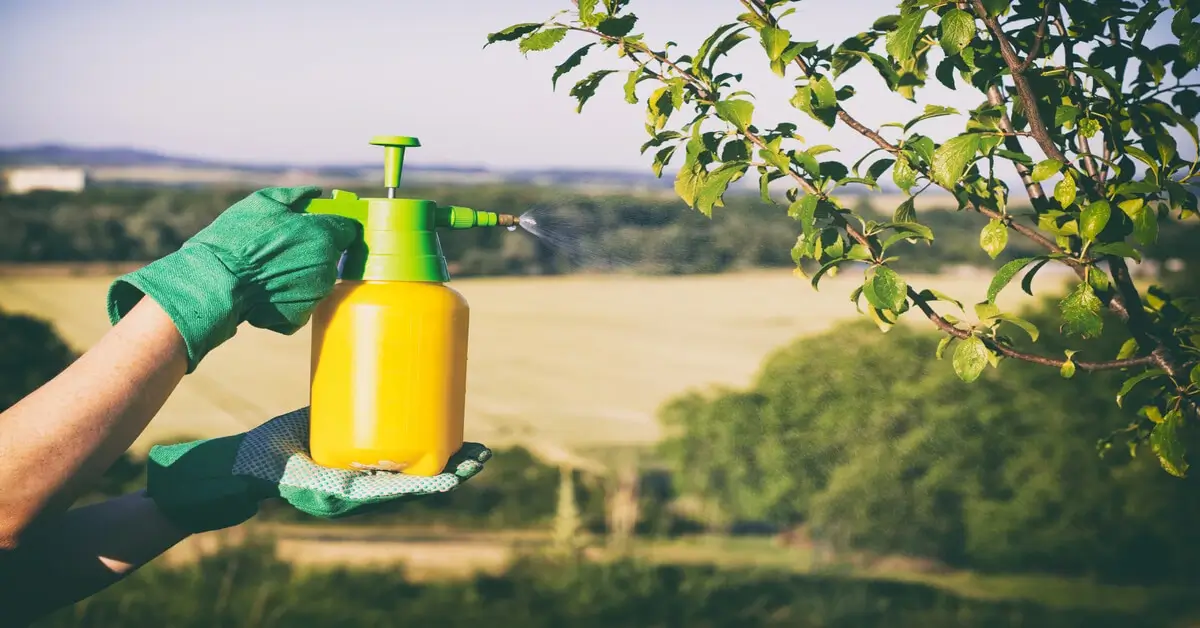
Common Pests and Their Impact
Just as in other branches of horticulture, pomology faces challenges from various pests that can affect fruit and nut crops. Aphids, fruit flies, and spider mites are some of the common pests that can severely impact the yield and quality of the produce.
Sustainable Pest Control Methods
Sustainable practices are increasingly being adopted in pomology to manage pests. These include using natural predators, pheromone traps, and organic pesticides. Such methods not only protect the crops but also have less environmental impact.
Disease Resistance and Cultivar Selection
One of the responsibilities of pomologists is to develop or choose cultivars that are resistant to diseases. This is crucial for the long-term sustainability of fruit and nut production. Research programs often focus on breeding disease-resistant varieties to reduce the reliance on chemical treatments.
Post-Harvest Pest and Disease Management
After the harvest, the focus shifts to post-harvest management to ensure the fruits and nuts reach the consumer in the best possible condition. This includes proper storage techniques and treatments to prevent the onset of diseases and pest infestation during storage and transport.
Harvesting and Post-Harvest Management
Optimal Harvesting Time
Knowing the right time to harvest is crucial for maximizing yield and fruit quality. Factors such as maturation, weather conditions, and the market’s specific needs play a role in determining the optimal harvest time.
Harvesting Techniques
Different fruits and nuts require unique harvesting techniques. For example, some fruits may require hand-picking to prevent bruising, while others can be mechanically harvested. The choice of method often depends on the type of fruit and its intended use.
Post-Harvest Storage
Proper storage is essential for extending the shelf life of fruits and nuts. Controlled atmosphere storage, refrigeration, and the use of ethylene blockers are some of the methods used to maintain post-harvest quality.
Value Addition and Processing
Beyond fresh produce, fruits can be processed into various forms, such as jams, juices, and dried fruits. This adds value to the crop, allowing for more extended storage and broader marketing opportunities.
Environmental Impact and Sustainability
Just like in olericulture, sustainable practices in pomology are becoming increasingly important. This includes methods that minimize waste, reduce water usage, and lower the carbon footprint of fruit and nut production.
Conclusion
Pomology, a specialized branch of horticulture, plays a vital role in our daily lives by contributing to the variety and quality of fruits and nuts we consume. From carefully selecting cultivars to sustainable harvesting and post-harvest management, the science and practice of pomology are integral to the agricultural industry and our nutritional well-being.
As we continue to face challenges like climate change and increasing demand for food, the work of pomologists and the principles of both pomology and olericulture will be more critical than ever in creating sustainable and resilient food systems.

